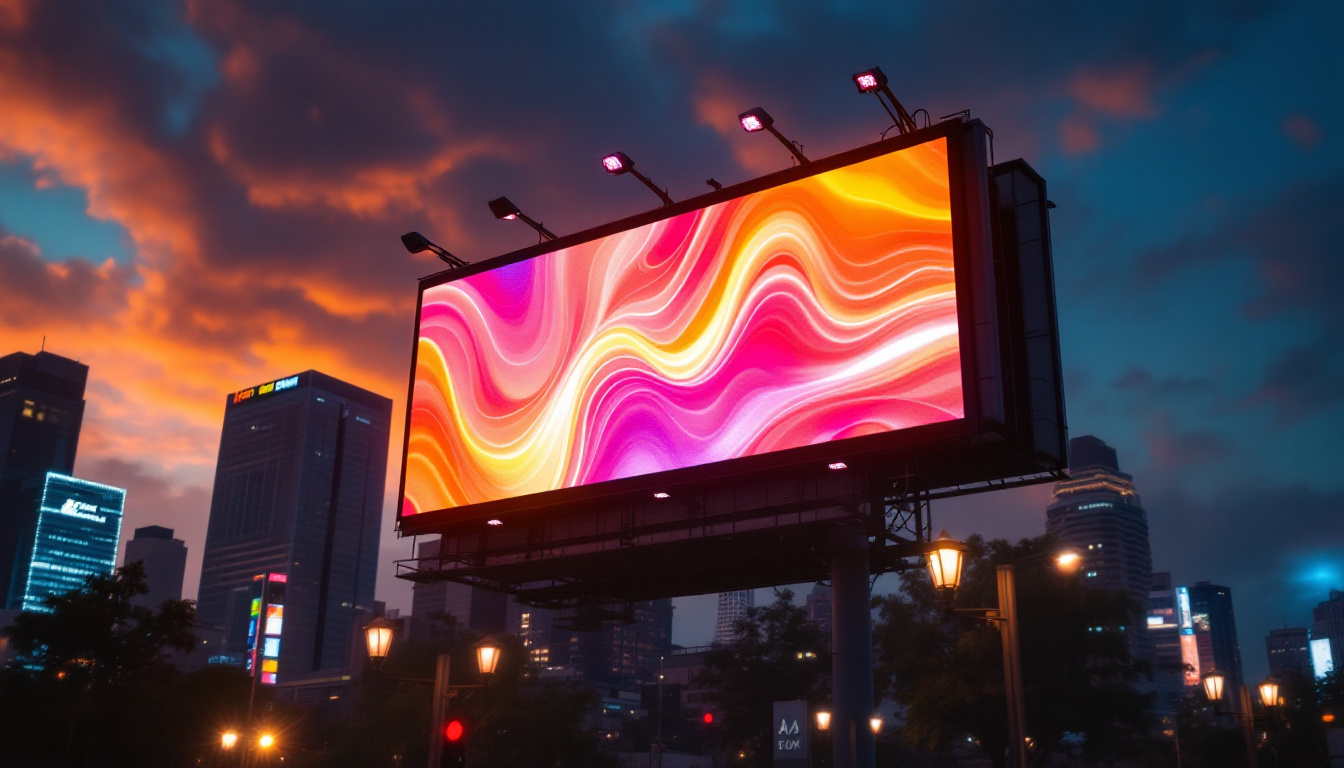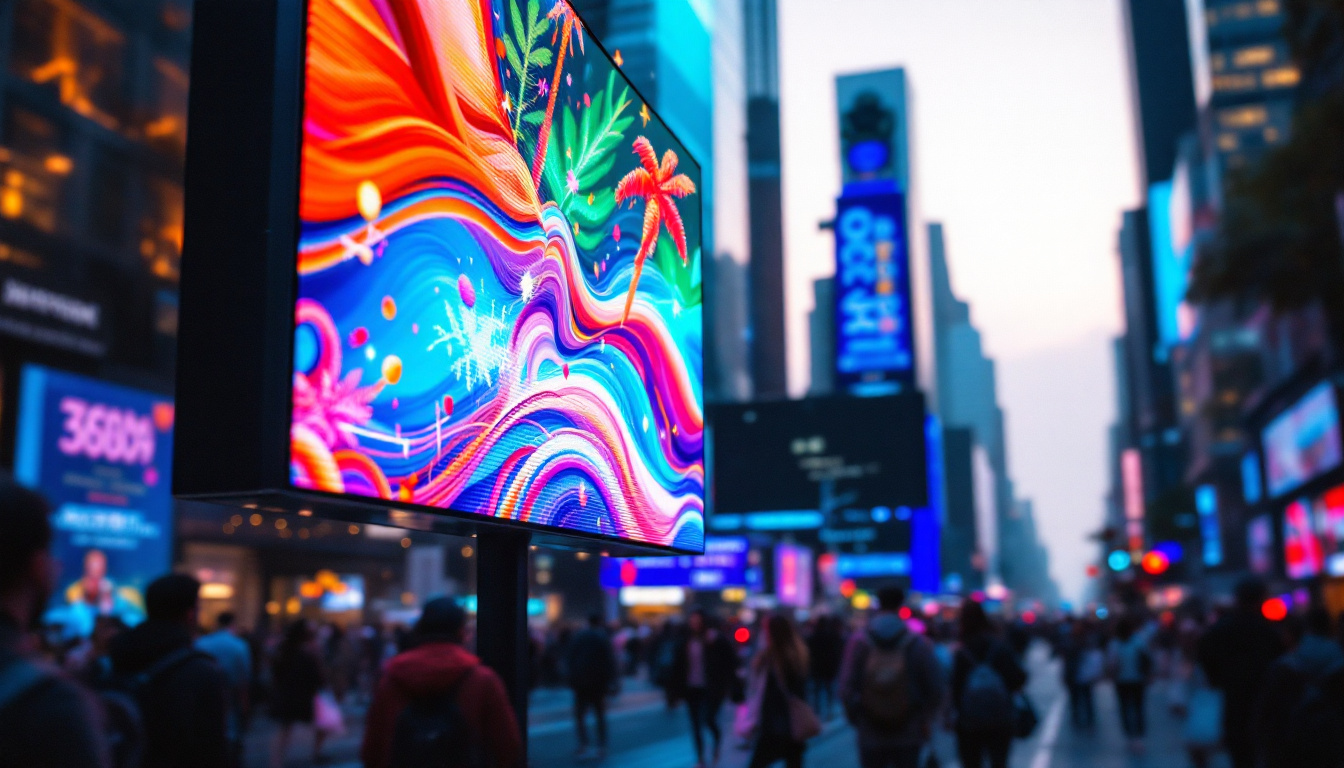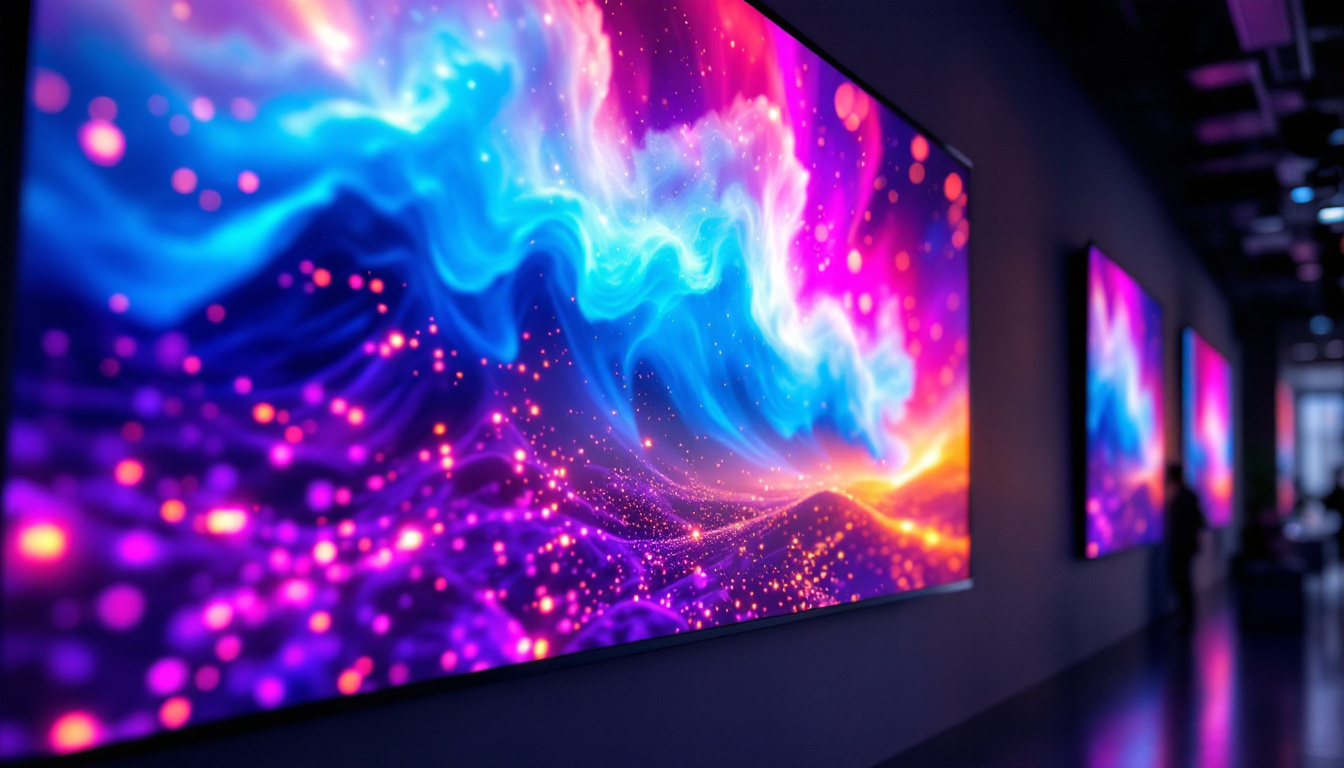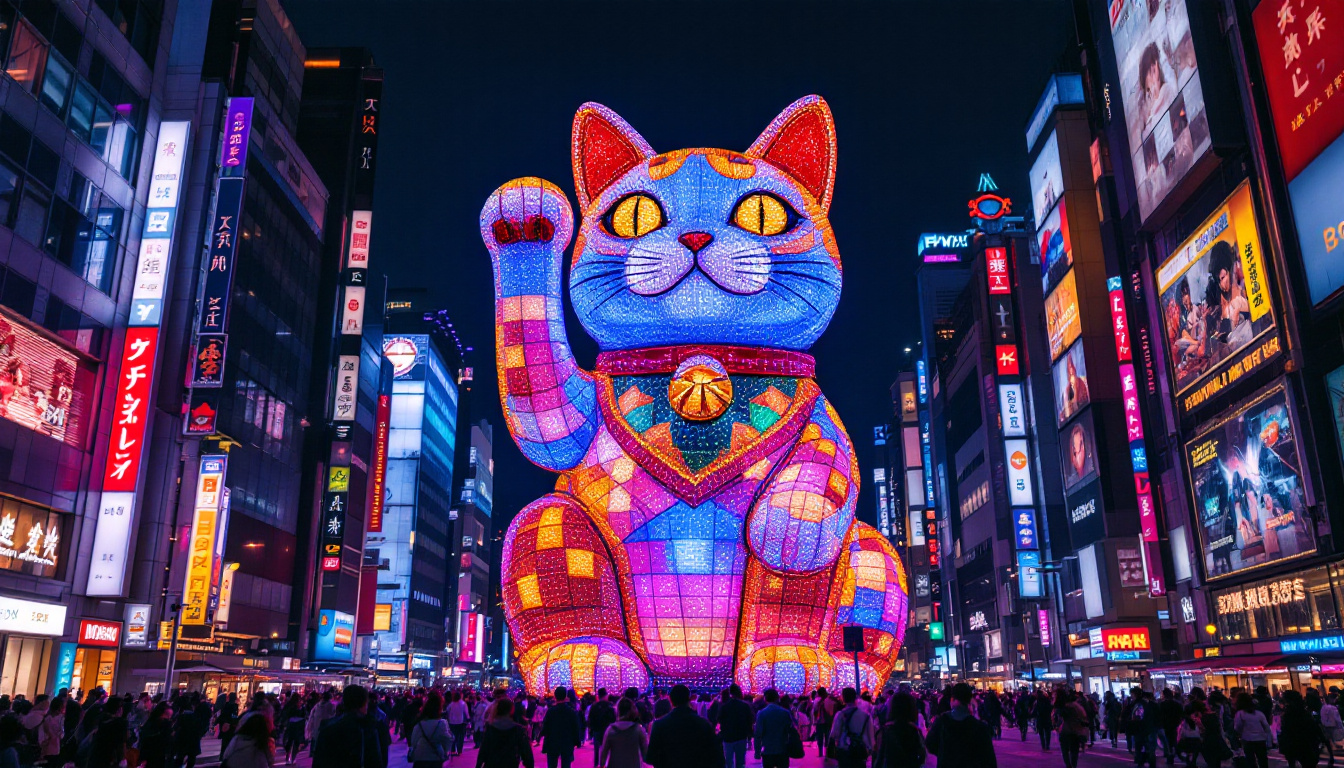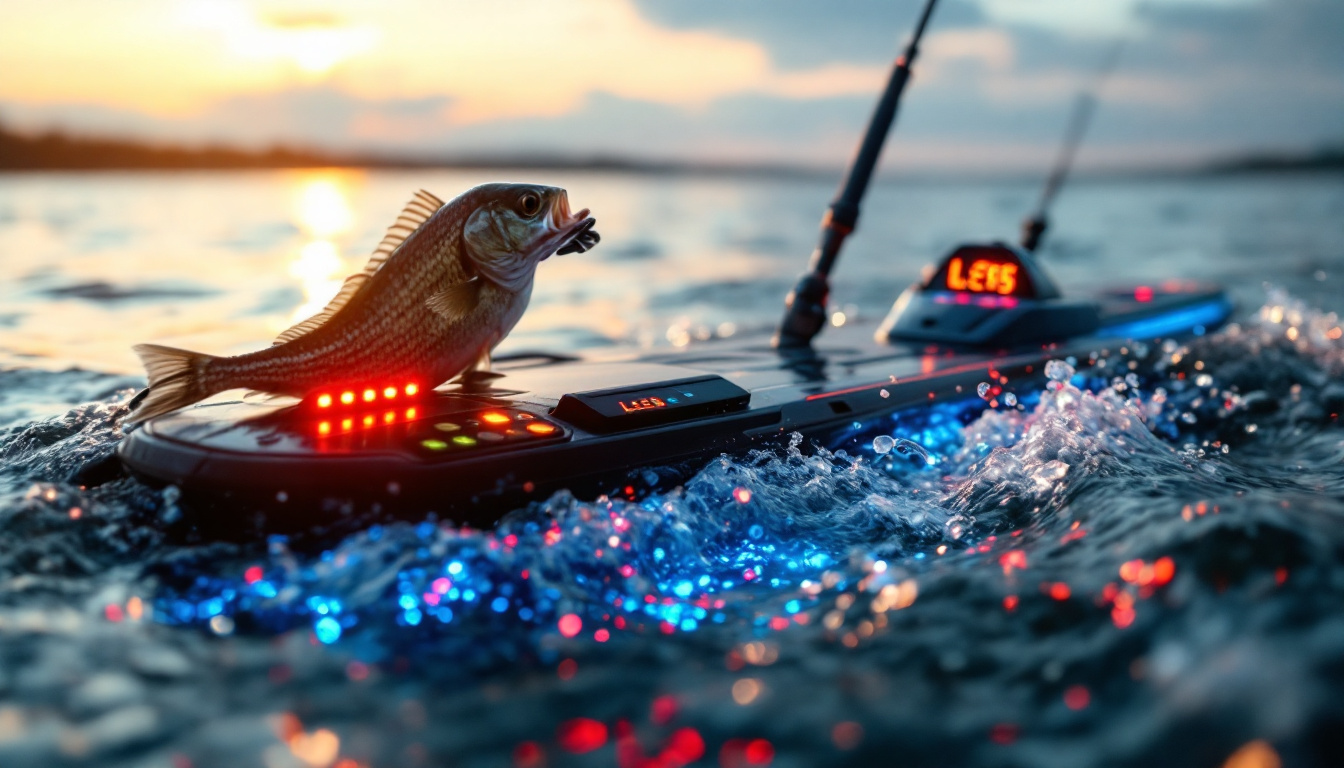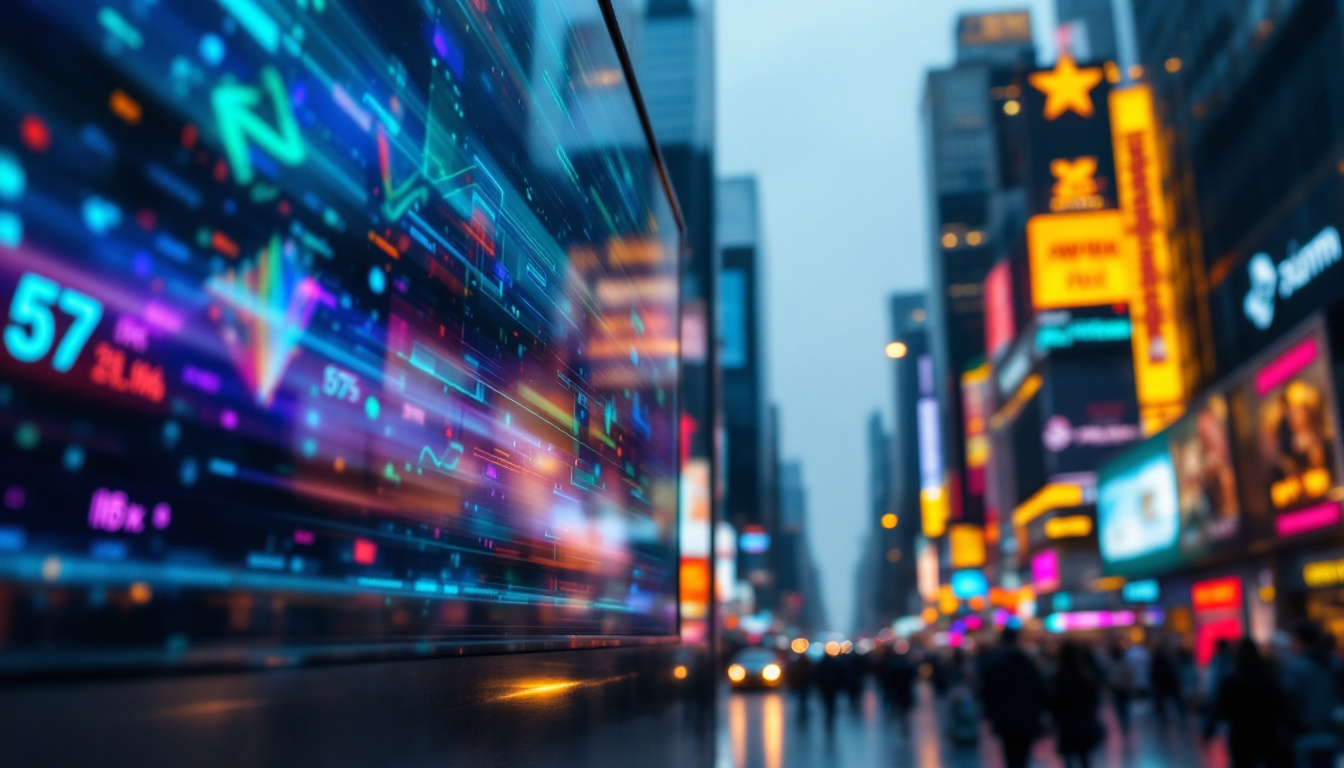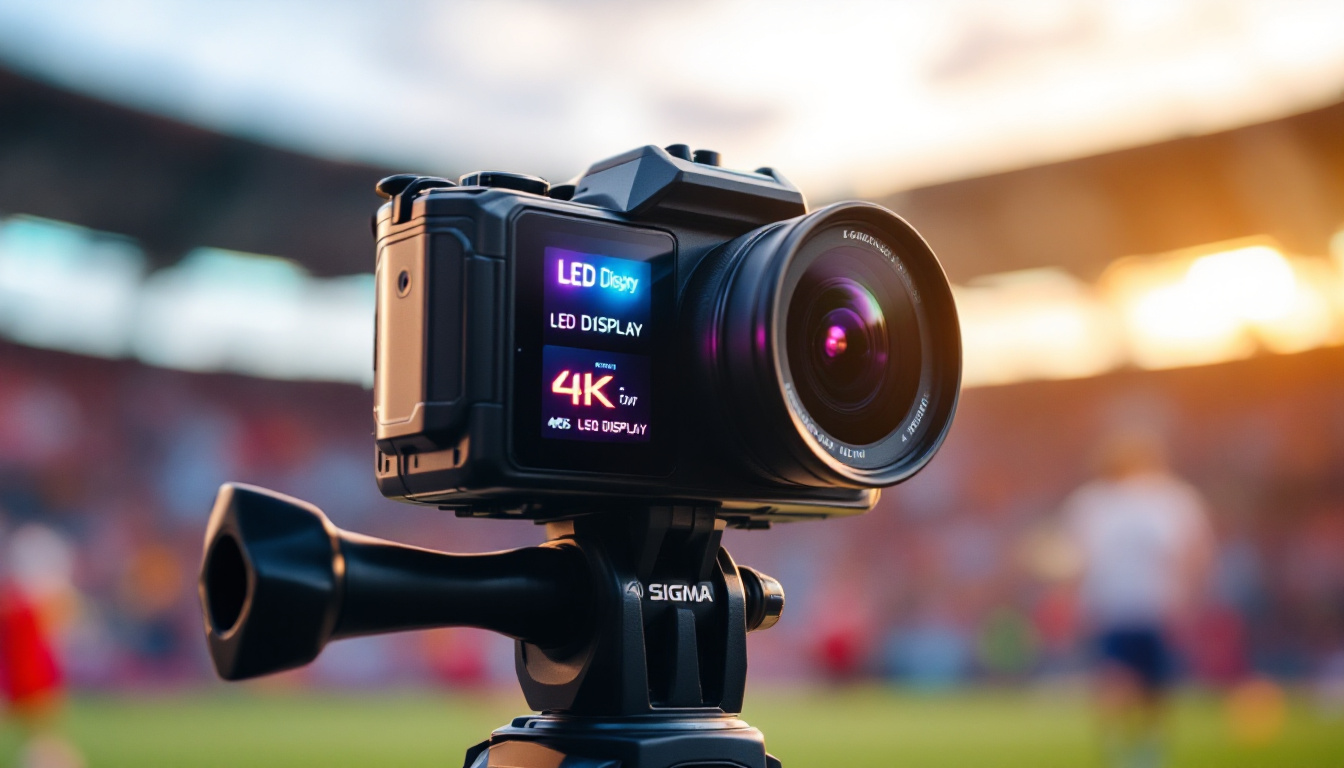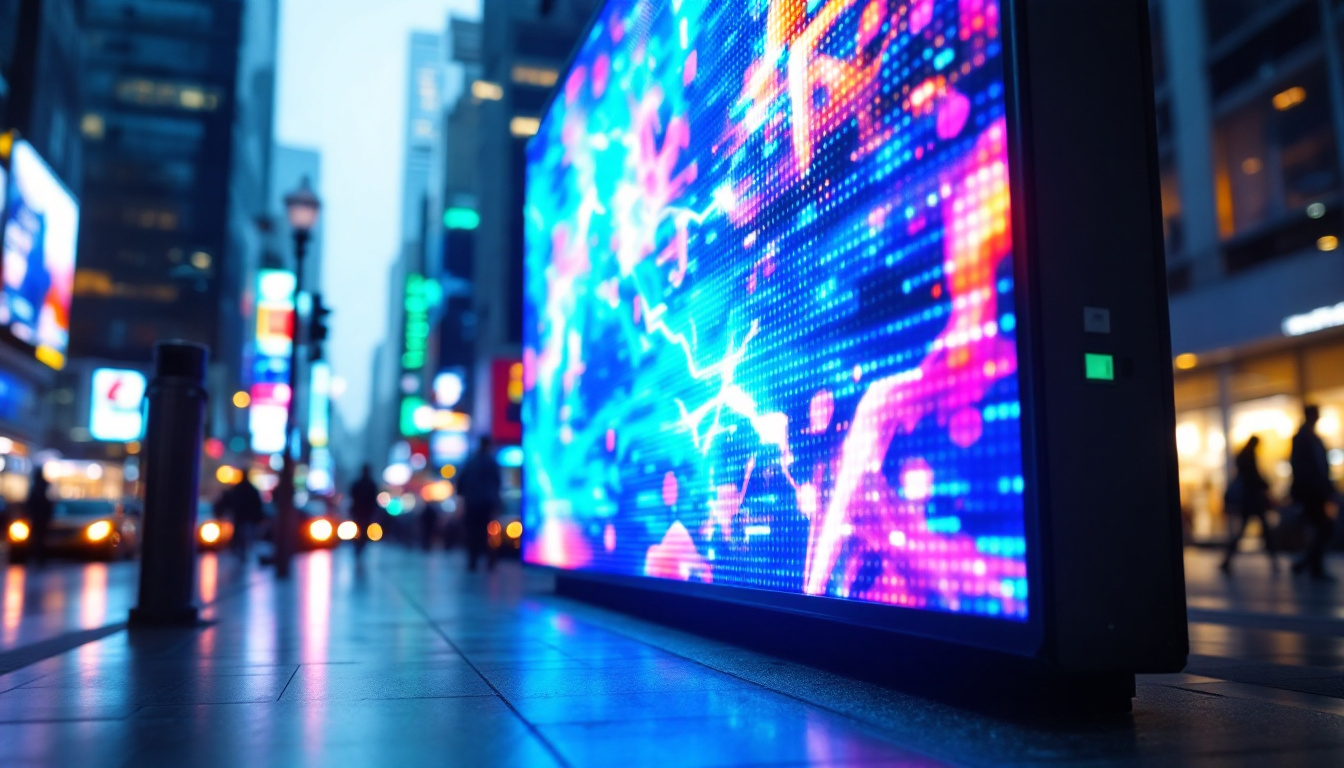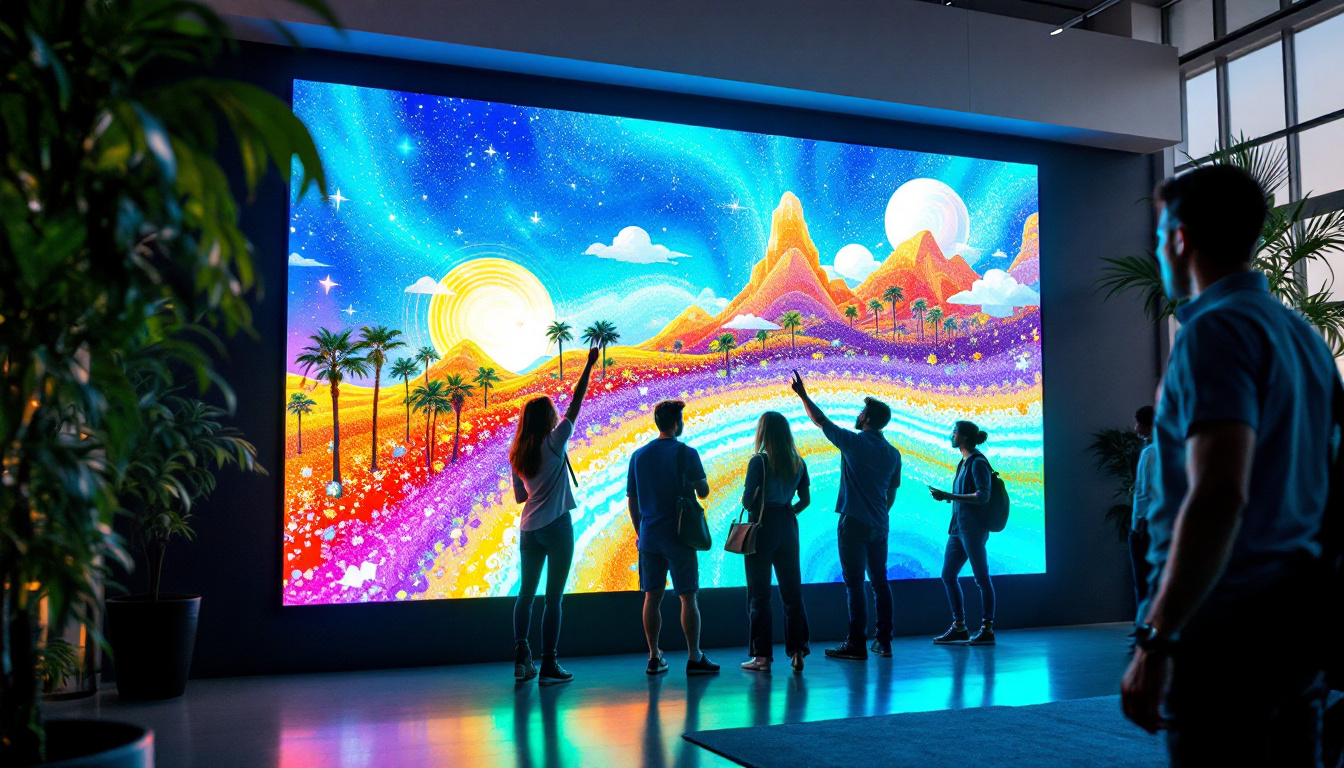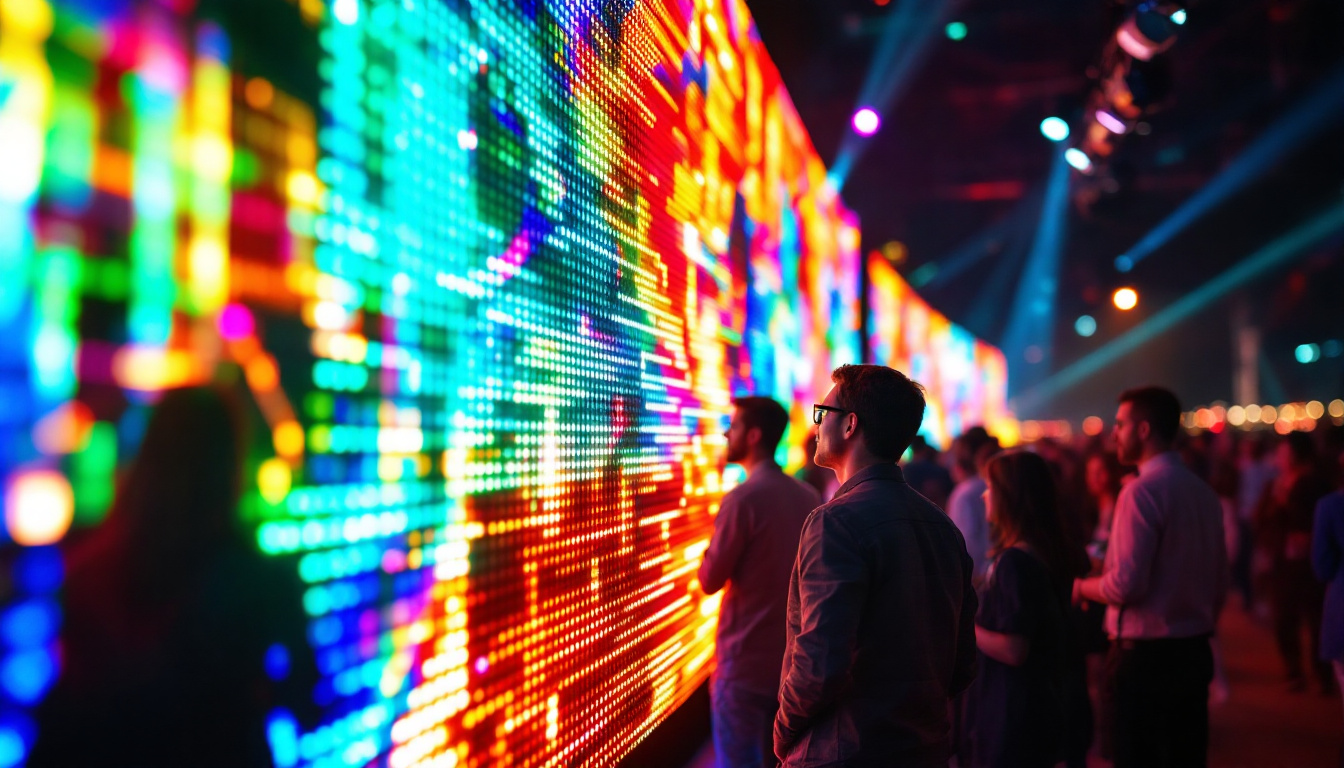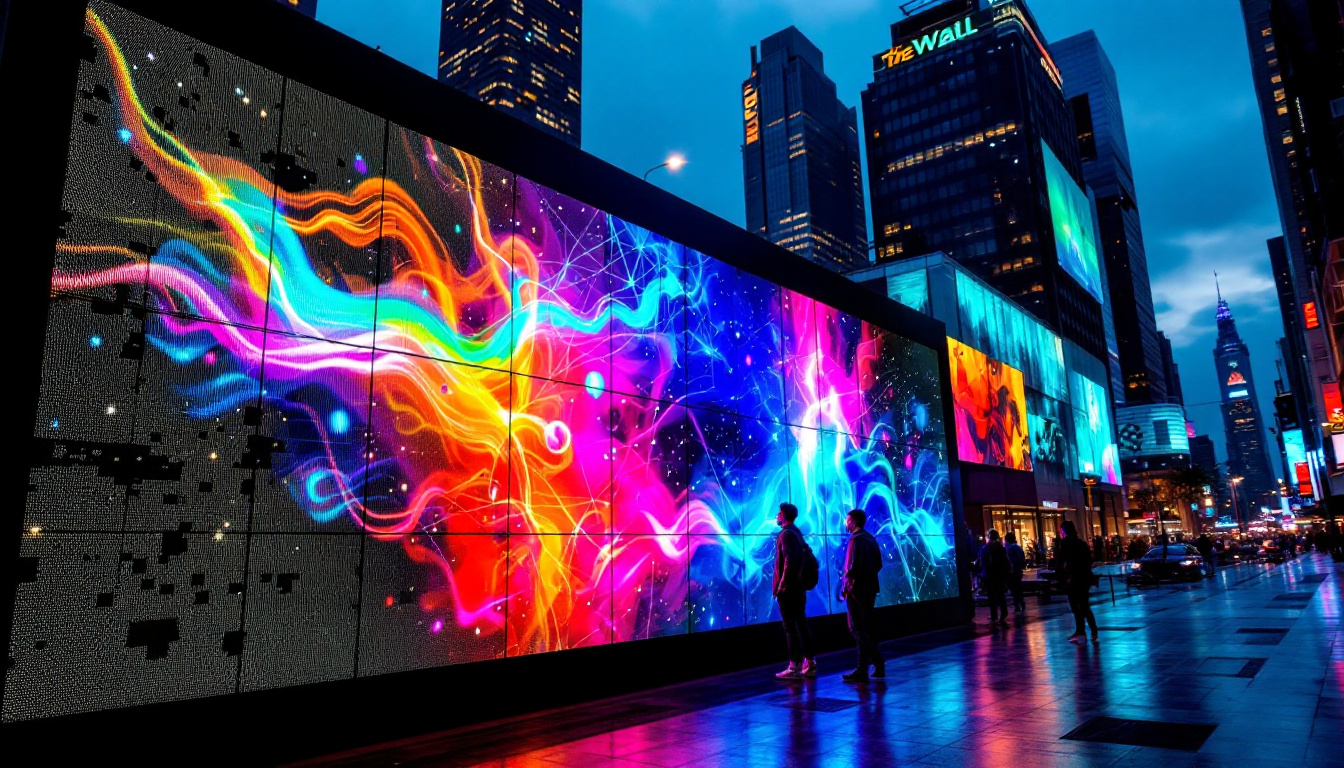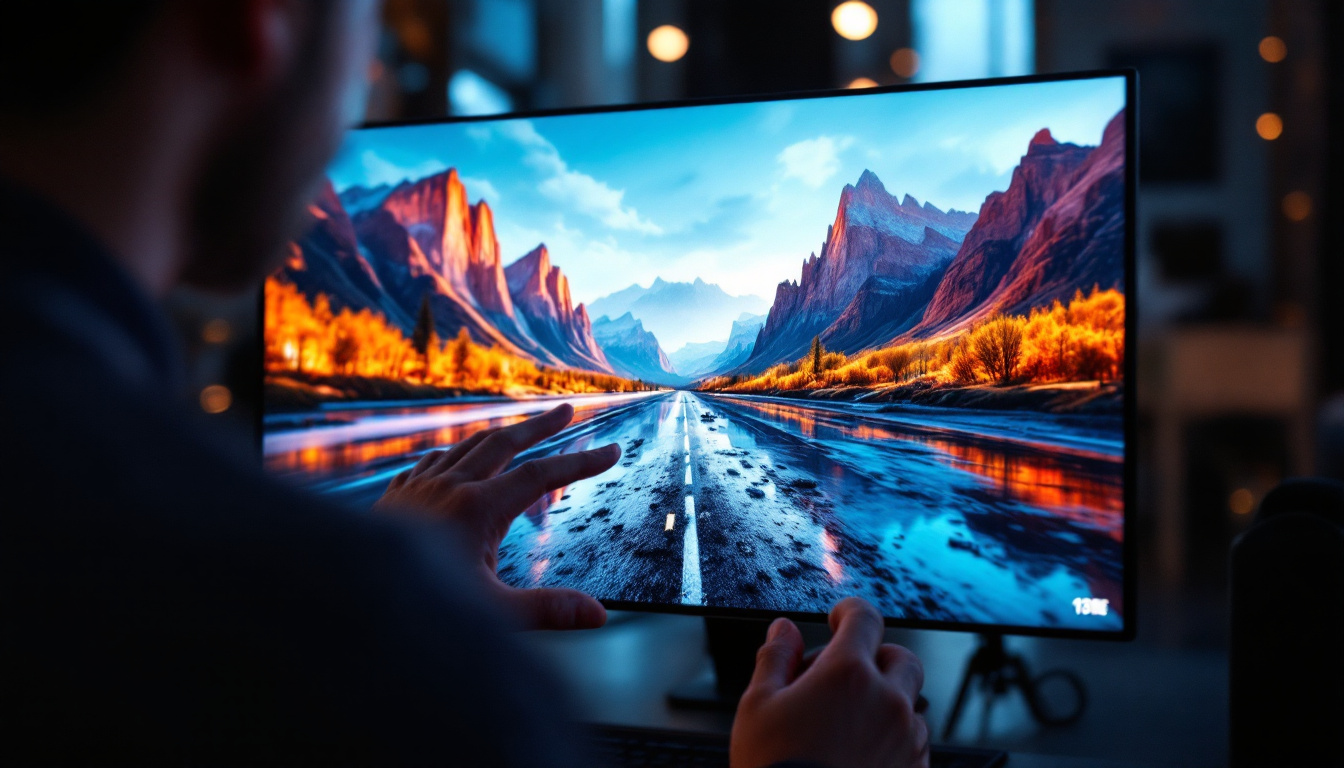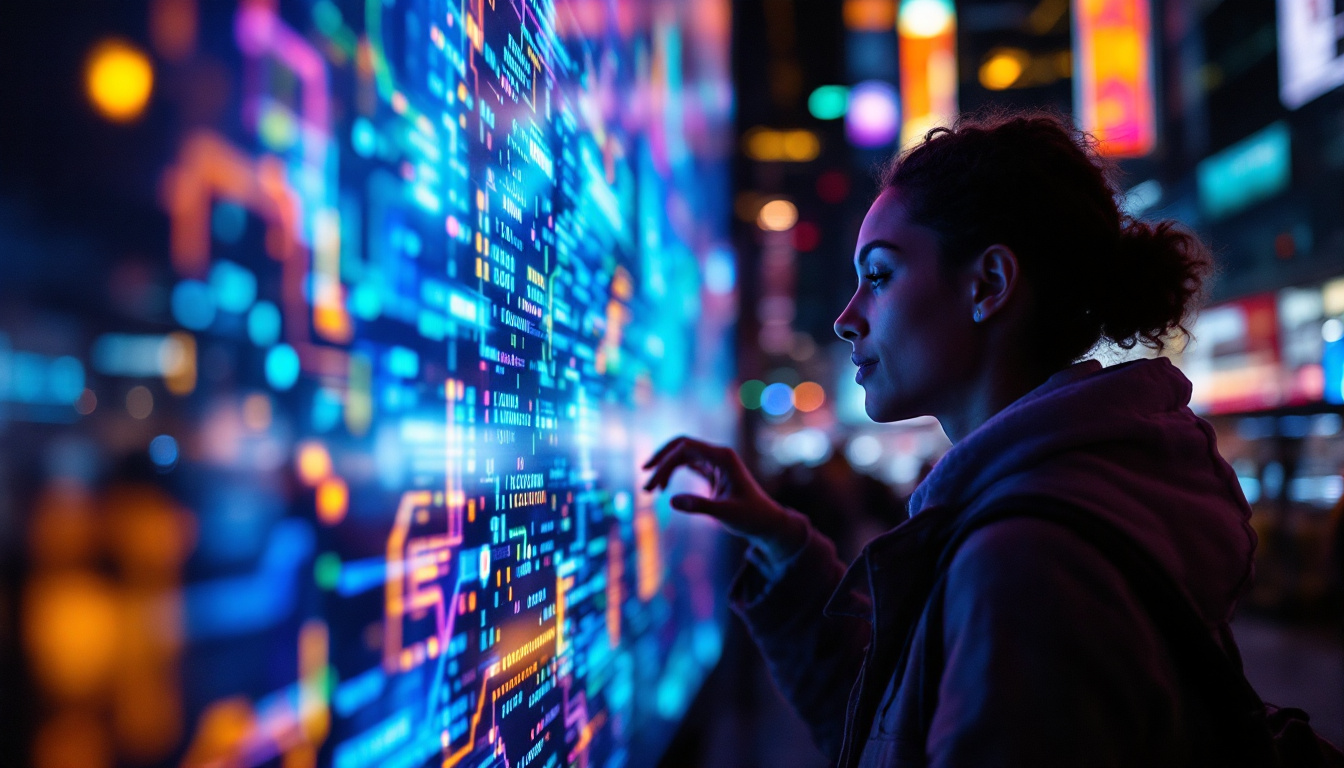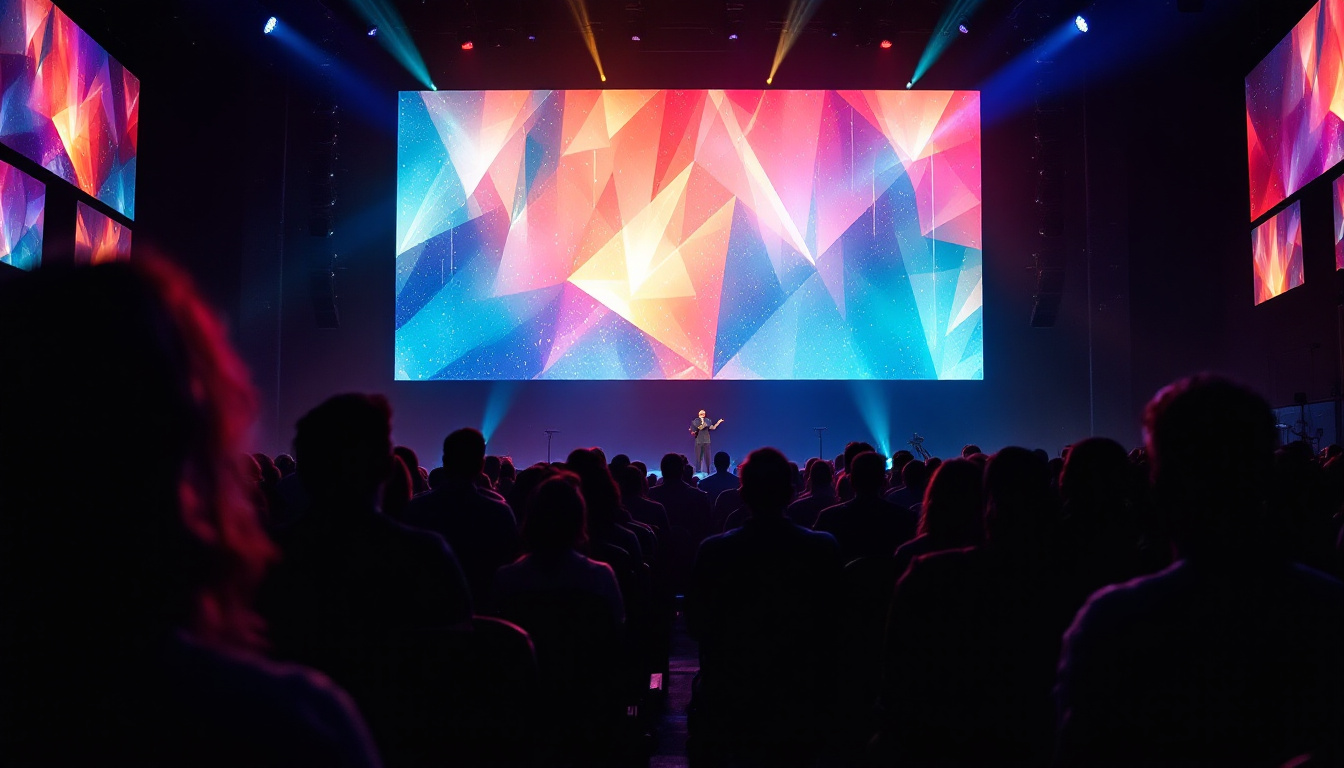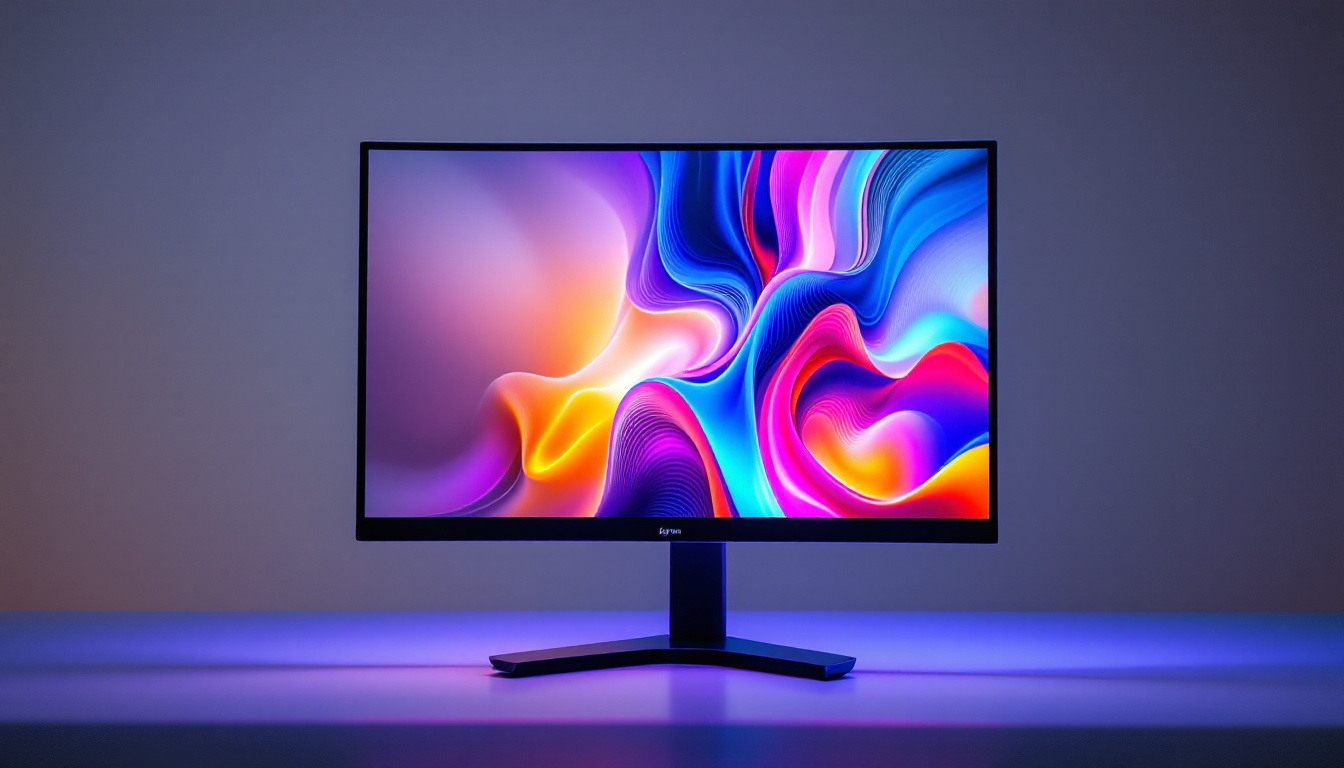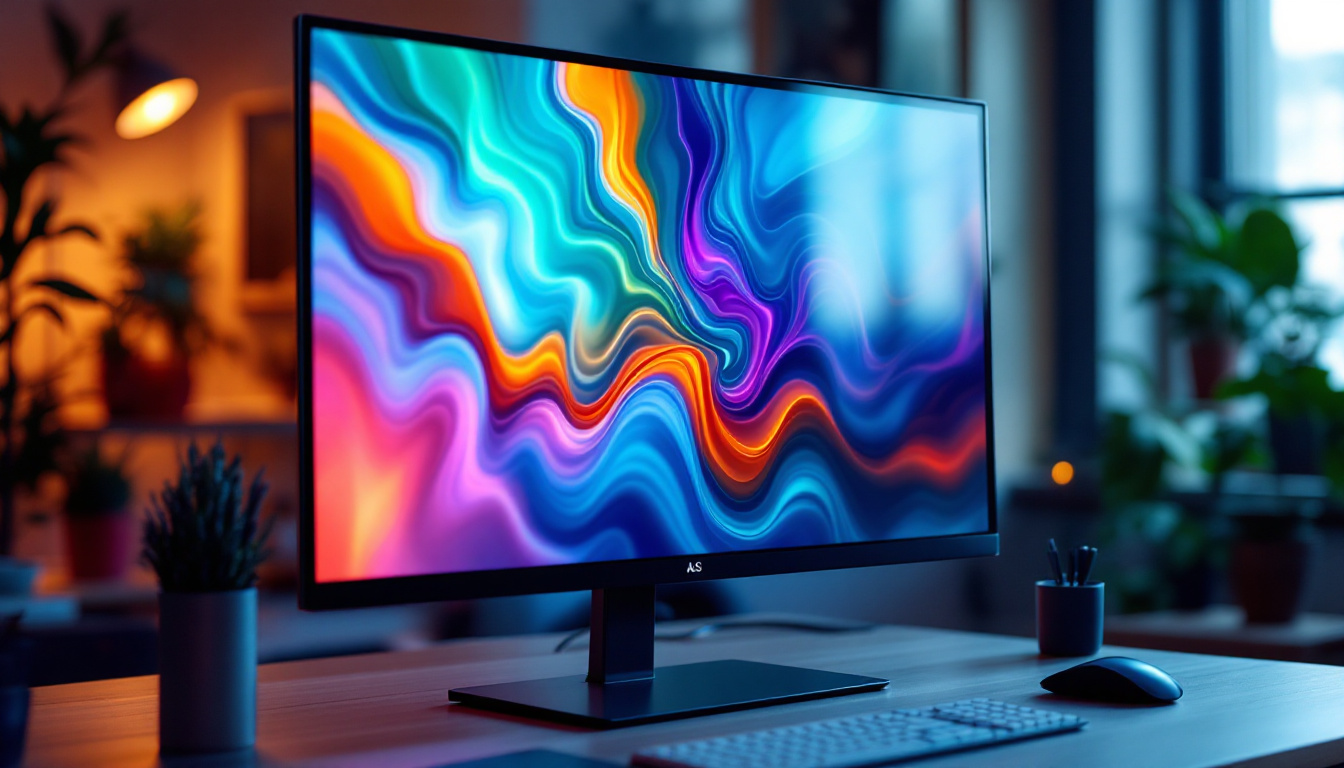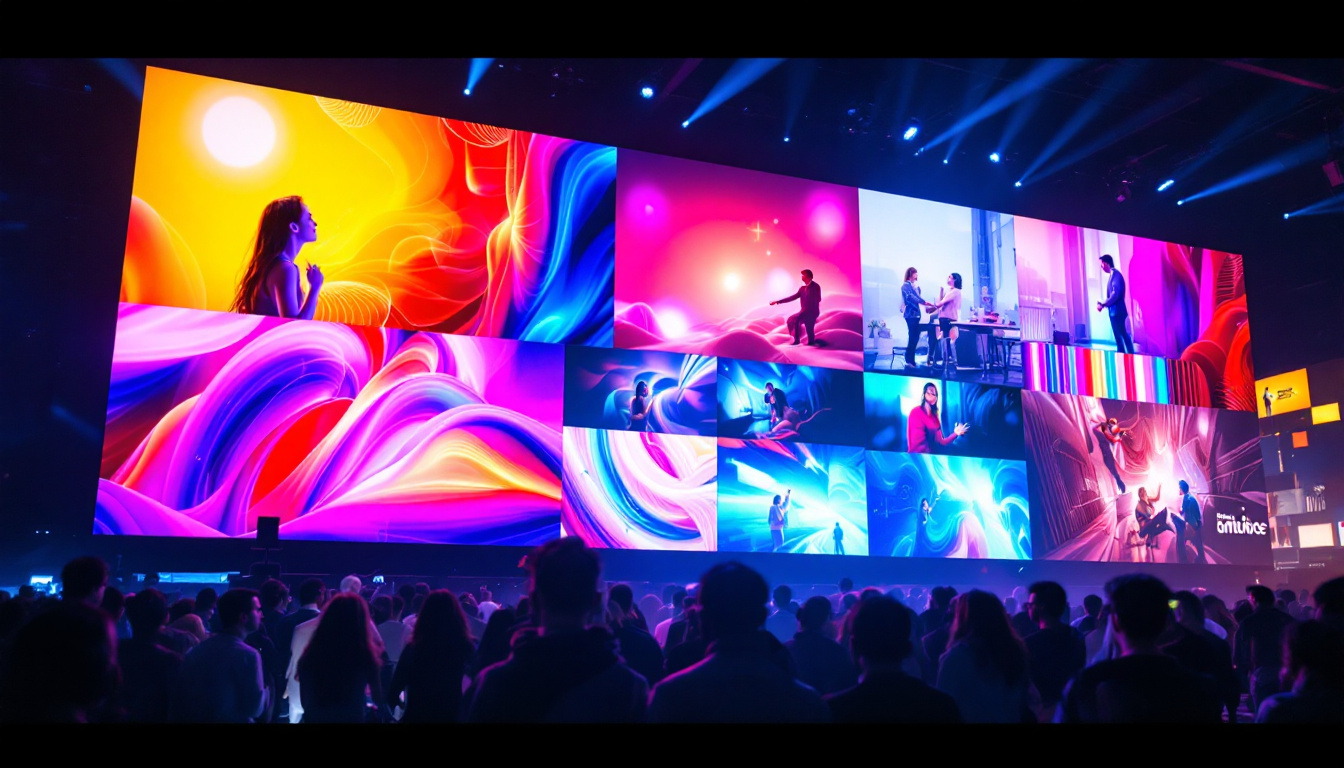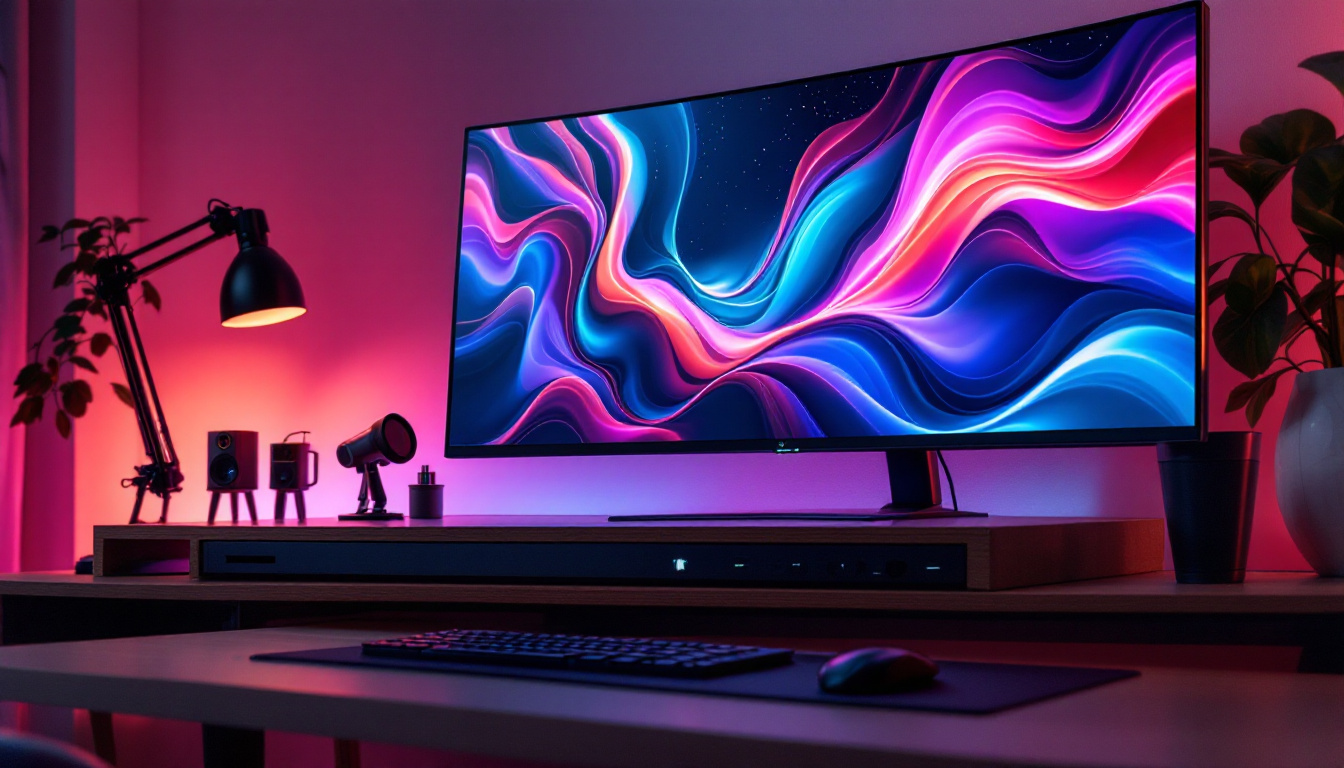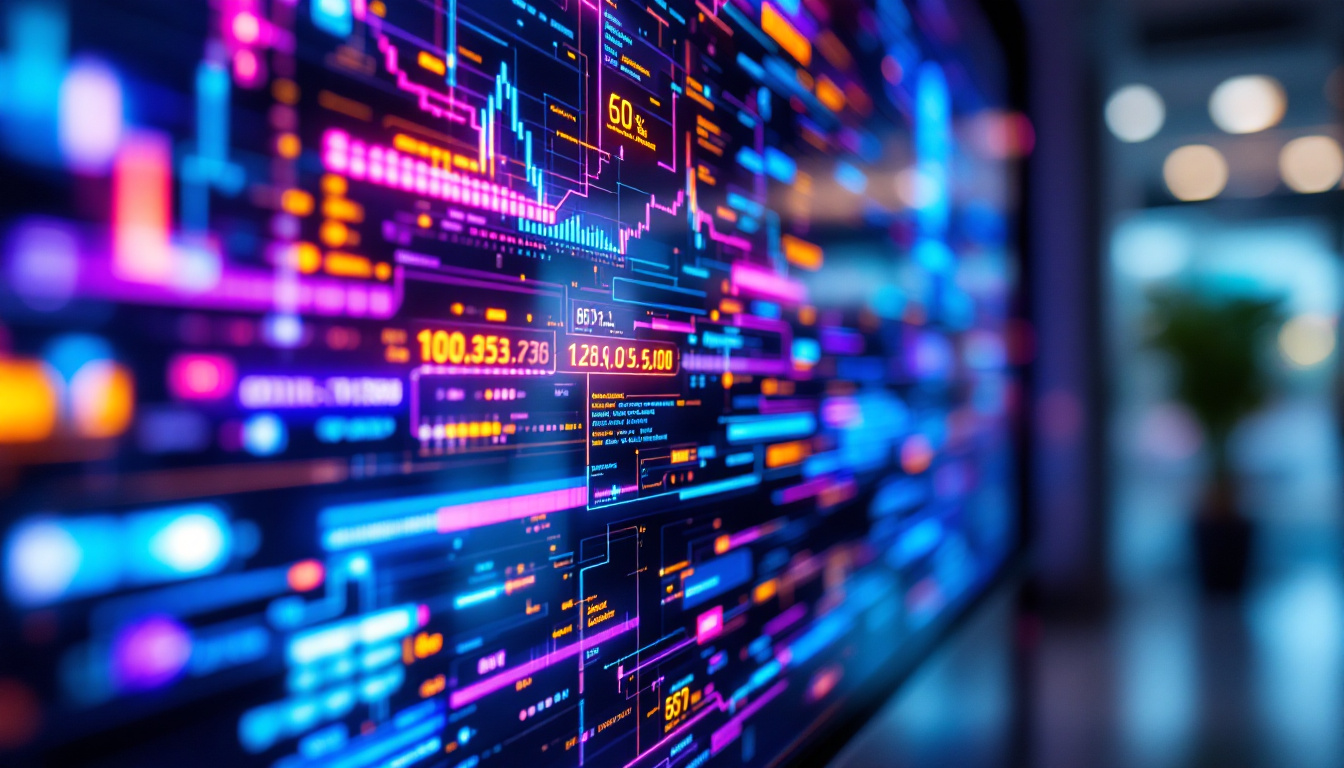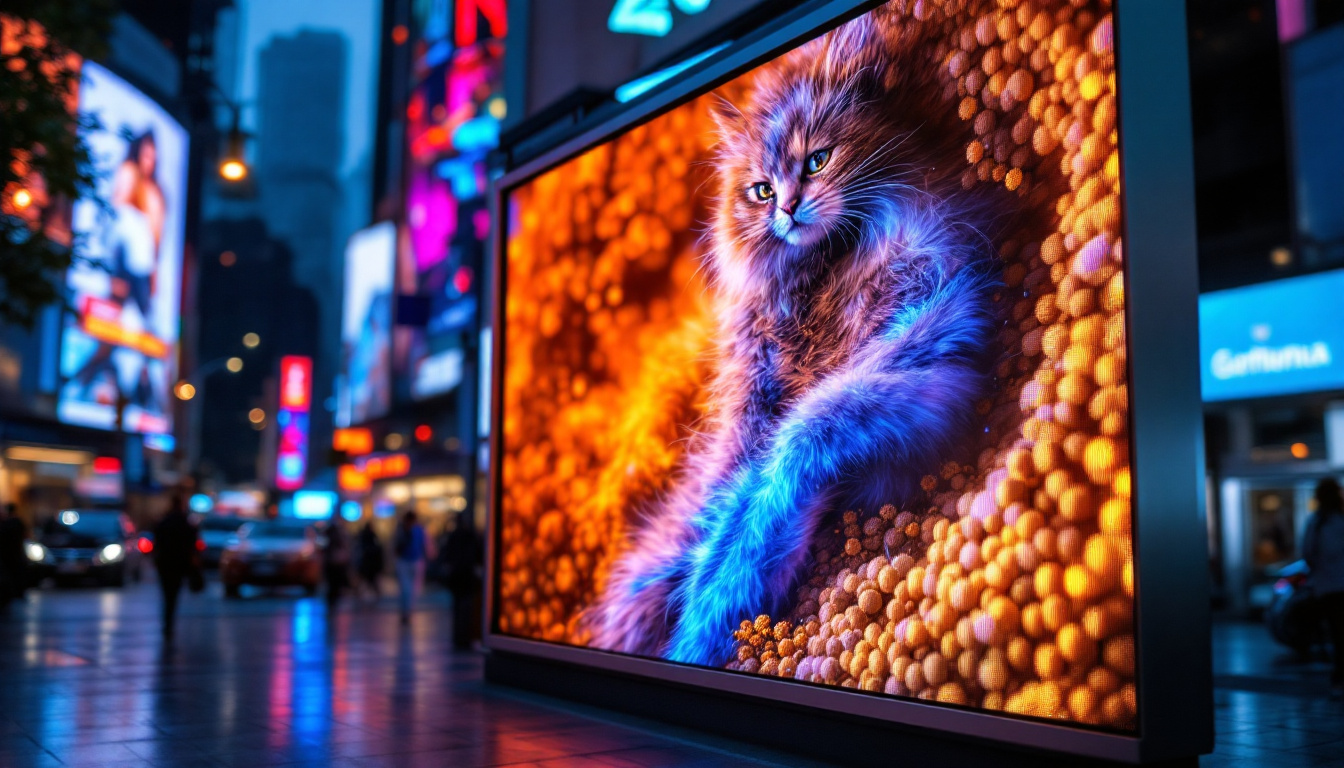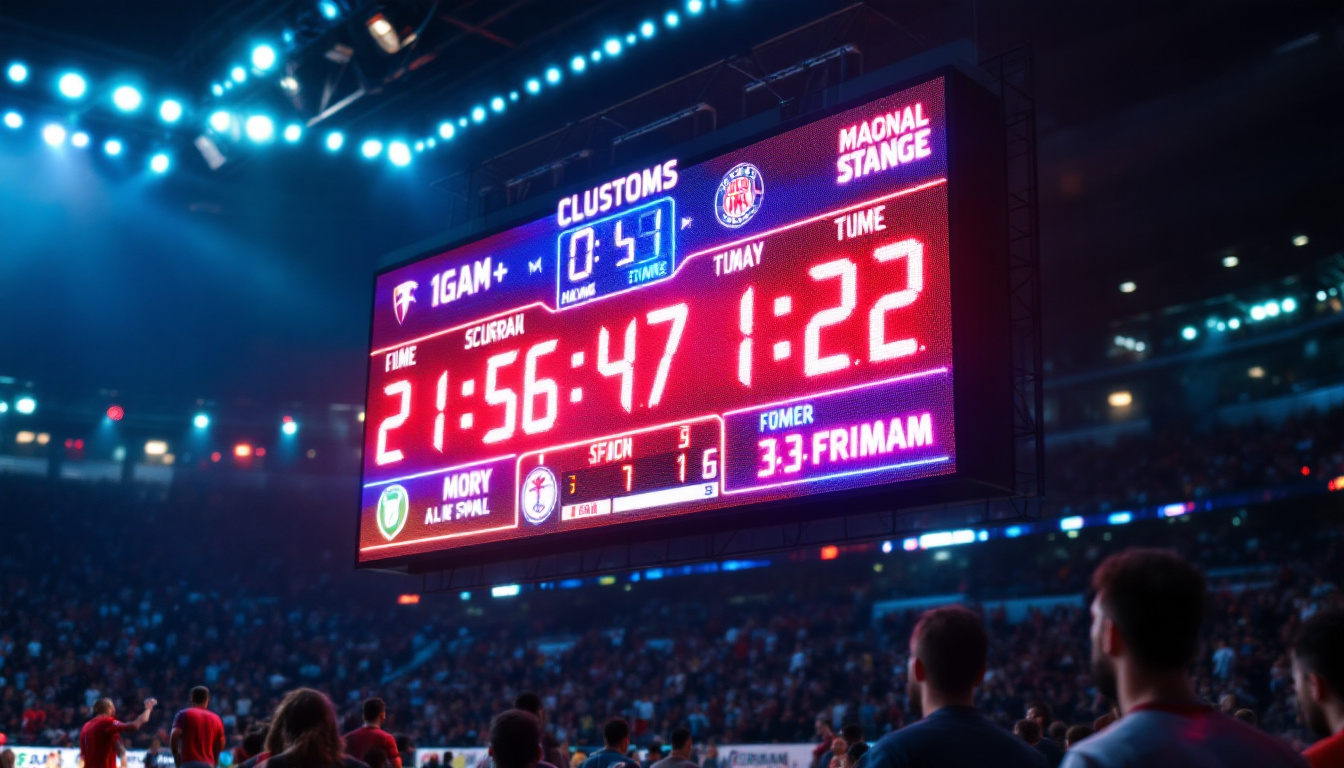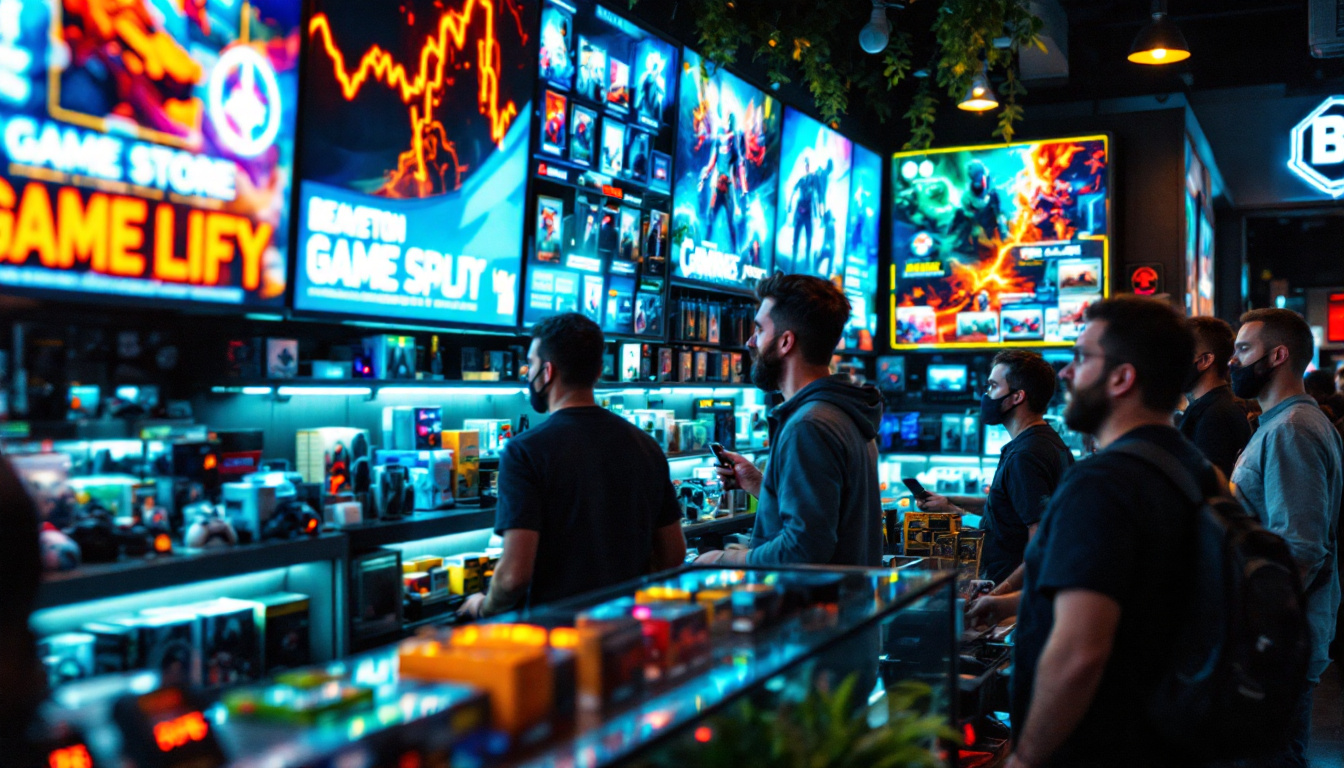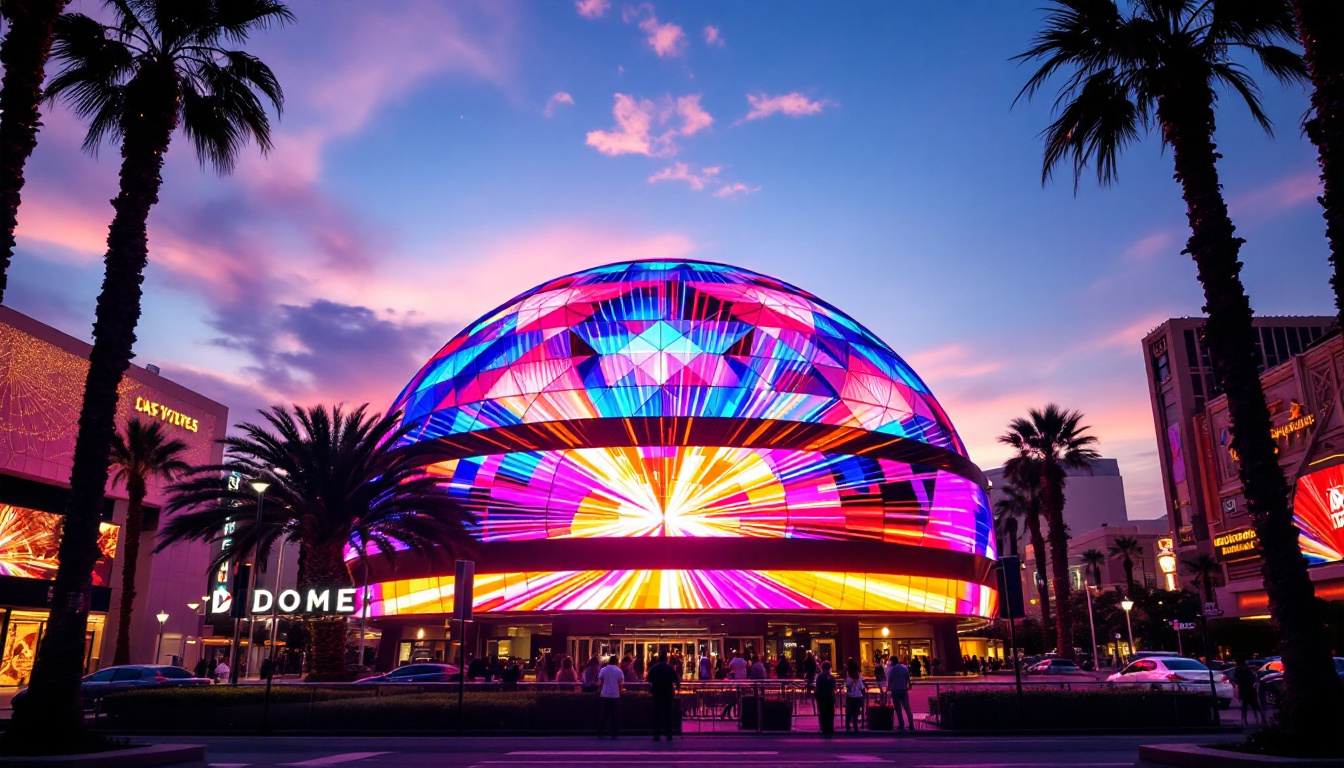In the ever-evolving world of advertising, LED displays have emerged as a dominant force in billboard making. Their vibrant colors, dynamic content, and ability to capture attention make them an essential tool for marketers looking to make a lasting impression. This article delves into the intricacies of LED displays, exploring their technology, advantages, and the future of billboard advertising.
Understanding LED Technology
LED, or Light Emitting Diode, technology has revolutionized the way visuals are presented in public spaces. Unlike traditional billboards that rely on static images, LED displays offer a dynamic platform that can showcase videos, animations, and real-time information. This adaptability not only captures the attention of passersby but also allows advertisers to update content instantly, making it a highly effective medium for marketing campaigns.
The Basics of LED Displays
At its core, an LED display consists of numerous small diodes that emit light when an electric current passes through them. These diodes are arranged in a grid format, forming pixels that combine to create images. The resolution of an LED display is determined by the pixel pitch, which refers to the distance between the centers of two adjacent pixels. A smaller pixel pitch results in higher resolution and sharper images, making it ideal for close viewing. Furthermore, advancements in LED technology have led to the development of finer pixel pitches, enabling displays to be used in a variety of settings, from large outdoor billboards to intimate indoor environments.
Types of LED Displays
There are primarily two types of LED displays used in billboard making: indoor and outdoor. Indoor LED displays are designed for environments with controlled lighting, offering high brightness and color accuracy. In contrast, outdoor LED displays are built to withstand various weather conditions and are equipped with higher brightness levels to ensure visibility in direct sunlight. These outdoor displays often feature protective coatings and robust casings to guard against rain, dust, and extreme temperatures, ensuring longevity and reliability.
Additionally, LED displays can be classified based on their configuration. Some common configurations include surface-mounted displays, which are flat and ideal for smooth surfaces, and curved displays that allow for more creative installations. Each type serves a unique purpose and can be tailored to meet specific advertising needs. For instance, curved displays can wrap around corners or fit into unconventional spaces, providing a 360-degree viewing experience that enhances engagement. Moreover, advancements in modular LED technology allow for easy assembly and disassembly, enabling quick updates and repairs without the need for extensive downtime.
Advantages of LED Billboards
LED billboards offer a multitude of advantages over traditional advertising methods. Their ability to capture attention and convey messages effectively has made them a preferred choice for advertisers worldwide.
Dynamic Content and Flexibility
One of the most significant benefits of LED displays is their ability to showcase dynamic content. Advertisers can change messages in real-time, allowing for promotions, announcements, or even live updates. This flexibility means that a single billboard can serve multiple purposes throughout the day, maximizing its advertising potential.
Moreover, the ability to schedule content based on time, weather, or audience demographics enhances the effectiveness of advertising campaigns. For instance, a restaurant could display breakfast specials in the morning and switch to dinner promotions in the evening, ensuring that the message is relevant to the audience at any given time. This adaptability also allows for creative storytelling; brands can engage viewers with sequential messages that unfold over time, encouraging them to return to see what’s next.
Additionally, LED billboards can integrate social media feeds, allowing brands to interact with their audience in real-time. This capability not only keeps the content fresh but also fosters a sense of community and engagement, as viewers can see their posts or hashtags featured on the big screen, creating a two-way communication channel that was previously unavailable with static displays.
Cost-Effectiveness and Longevity
While the initial investment in LED technology may be higher than traditional billboards, the long-term savings are significant. LED displays consume less energy compared to neon or incandescent lights, leading to lower electricity bills. Additionally, their durability means that they require less frequent replacements, reducing maintenance costs over time.
Furthermore, LED technology has a longer lifespan, often lasting over a decade with proper care. This longevity makes them a wise investment for businesses looking to promote their brand consistently over time. The reduced need for replacement also means fewer materials ending up in landfills, aligning with a more sustainable business model. Moreover, the ability to update content remotely eliminates the need for physical changes to the billboard, further cutting down on labor costs and resource use.
In addition to cost savings, the high-quality visuals that LED billboards provide can lead to increased engagement and higher conversion rates. The vibrant colors and sharp images can draw in more viewers, translating to a better return on investment for advertisers. As a result, businesses can allocate their advertising budgets more efficiently, focusing on high-impact campaigns that yield measurable results.
Environmental Considerations
As sustainability becomes increasingly important in advertising, LED displays offer an eco-friendly alternative. They are made from recyclable materials and consume less energy, contributing to a lower carbon footprint. By choosing LED billboards, companies can enhance their brand image while also demonstrating a commitment to environmental responsibility.
Moreover, the reduced energy consumption of LED technology not only benefits the environment but also aligns with the growing consumer preference for sustainable practices. Many consumers today actively seek out brands that prioritize eco-friendliness, and by utilizing LED billboards, companies can position themselves as leaders in sustainability within their industry. This strategic choice can lead to increased customer loyalty and a stronger brand reputation, as consumers appreciate transparency and responsibility in business practices.
Additionally, LED billboards can be powered by renewable energy sources, such as solar panels, further minimizing their environmental impact. This innovative approach not only enhances the sustainability of the advertising medium but also showcases a brand’s dedication to forward-thinking solutions, appealing to environmentally conscious consumers and stakeholders alike.
Designing Effective LED Billboards
Creating an effective LED billboard requires a thoughtful approach to design and content. The goal is to capture the audience’s attention quickly and convey the message clearly.
Visual Appeal and Clarity
When designing an LED billboard, visual appeal is paramount. Bold colors, high contrast, and engaging graphics can draw viewers in. However, it is essential to balance aesthetics with clarity. Text should be legible from a distance, and the overall message should be easily understood within a few seconds of viewing.
Using animations and transitions can enhance engagement, but they should not be overly distracting. The key is to create a harmonious blend of visuals and text that communicates the message effectively without overwhelming the viewer.
Target Audience Considerations
Understanding the target audience is crucial when designing LED billboards. Factors such as location, demographics, and viewing habits should inform the content strategy. For instance, a billboard located near a college campus might feature promotions for student discounts, while one near a shopping district could focus on seasonal sales.
Additionally, considering the time of day and traffic patterns can help in tailoring messages that resonate with the audience. A well-targeted advertisement is more likely to yield positive results and drive consumer action.
The Future of LED Billboards
The landscape of billboard advertising is continuously evolving, and LED technology is at the forefront of this transformation. As advancements in technology continue, the future of LED billboards looks promising.
Integration with Smart Technology
One of the most exciting developments in LED billboard technology is the integration of smart technology. With the rise of the Internet of Things (IoT), LED displays can now connect to various data sources, allowing for real-time updates and personalized content delivery.
For example, an LED billboard could display weather-related promotions, such as sunscreen ads on sunny days or umbrella sales during rainstorms. This level of customization enhances the relevance of advertisements and improves engagement rates.
Augmented Reality and Interactive Displays
Augmented reality (AR) is another trend that is gaining traction in the world of LED billboards. By incorporating AR elements, advertisers can create immersive experiences that engage viewers in unique ways. For instance, a billboard could allow passersby to interact with the display through their smartphones, providing additional information or special offers.
interactive displays can also encourage audience participation, turning passive viewers into active participants. This engagement not only enhances brand recall but also fosters a deeper connection between consumers and the brand.
Challenges in LED Billboard Implementation
Despite the numerous advantages of LED billboards, challenges remain in their implementation. Understanding these challenges is essential for businesses considering this advertising medium.
Regulatory and Compliance Issues
Many cities and municipalities have strict regulations governing outdoor advertising, including LED billboards. These regulations can dictate aspects such as brightness levels, display duration, and content restrictions. Navigating these regulations can be complex and may require additional time and resources.
It is crucial for businesses to conduct thorough research and engage with local authorities to ensure compliance. Failure to adhere to regulations can result in fines or the removal of the billboard, negating the investment made in the advertising medium.
Technical Challenges and Maintenance
LED displays, while durable, require regular maintenance to ensure optimal performance. Issues such as pixel failure, color inconsistencies, or software malfunctions can arise, necessitating prompt attention. Businesses must be prepared to invest in maintenance and technical support to keep their displays functioning effectively.
Additionally, the rapid pace of technological advancements means that businesses must stay updated on the latest developments in LED technology. This may involve upgrading hardware or software to maintain competitiveness in the advertising landscape.
Conclusion
LED displays have transformed the billboard advertising landscape, offering dynamic, engaging, and cost-effective solutions for marketers. With their ability to capture attention and deliver targeted messages, LED billboards are an invaluable asset in modern advertising strategies.
As technology continues to advance, the potential for LED billboards will only grow, paving the way for more innovative and interactive advertising experiences. Businesses that embrace this technology will not only enhance their brand visibility but also connect more effectively with their audience, ensuring their message resonates in a crowded marketplace.
In summary, the future of billboard making lies in the hands of LED technology, making it imperative for advertisers to understand its capabilities, advantages, and challenges. By leveraging this powerful medium, brands can create memorable experiences that leave a lasting impact on consumers.
Illuminate Your Brand with LumenMatrix
Ready to elevate your advertising strategy with the power of LED technology? Discover LumenMatrix’s comprehensive range of LED display solutions, from the vibrant Indoor LED Wall Display to the robust Outdoor LED Wall Display, and the innovative Custom LED Display options tailored to your unique needs. Embrace the future of visual communication with LumenMatrix and create unforgettable visual experiences that engage and captivate your audience. Check out LumenMatrix LED Display Solutions today and transform your brand’s visibility with cutting-edge digital signage.

